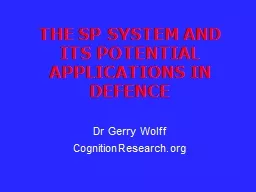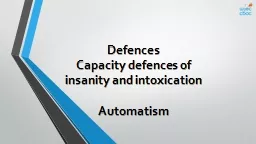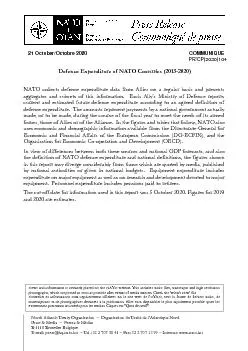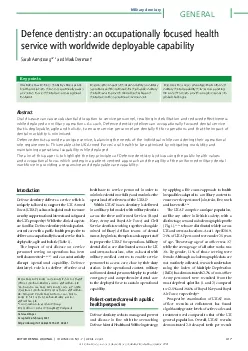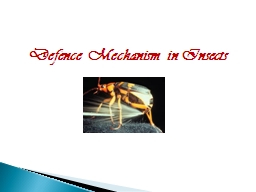PPT-THE SP SYSTEM AND ITS POTENTIAL APPLICATIONS IN DEFENCE
Author : tatiana-dople | Published Date : 2018-02-27
Dr Gerry Wolff CognitionResearchorg THE SP SYSTEM Very roughly the SP theory of intelligence expressed in the SP computer model is A database system with
Presentation Embed Code
Download Presentation
Download Presentation The PPT/PDF document "THE SP SYSTEM AND ITS POTENTIAL APPLICA..." is the property of its rightful owner. Permission is granted to download and print the materials on this website for personal, non-commercial use only, and to display it on your personal computer provided you do not modify the materials and that you retain all copyright notices contained in the materials. By downloading content from our website, you accept the terms of this agreement.
THE SP SYSTEM AND ITS POTENTIAL APPLICATIONS IN DEFENCE: Transcript
Download Rules Of Document
"THE SP SYSTEM AND ITS POTENTIAL APPLICATIONS IN DEFENCE"The content belongs to its owner. You may download and print it for personal use, without modification, and keep all copyright notices. By downloading, you agree to these terms.
Related Documents

